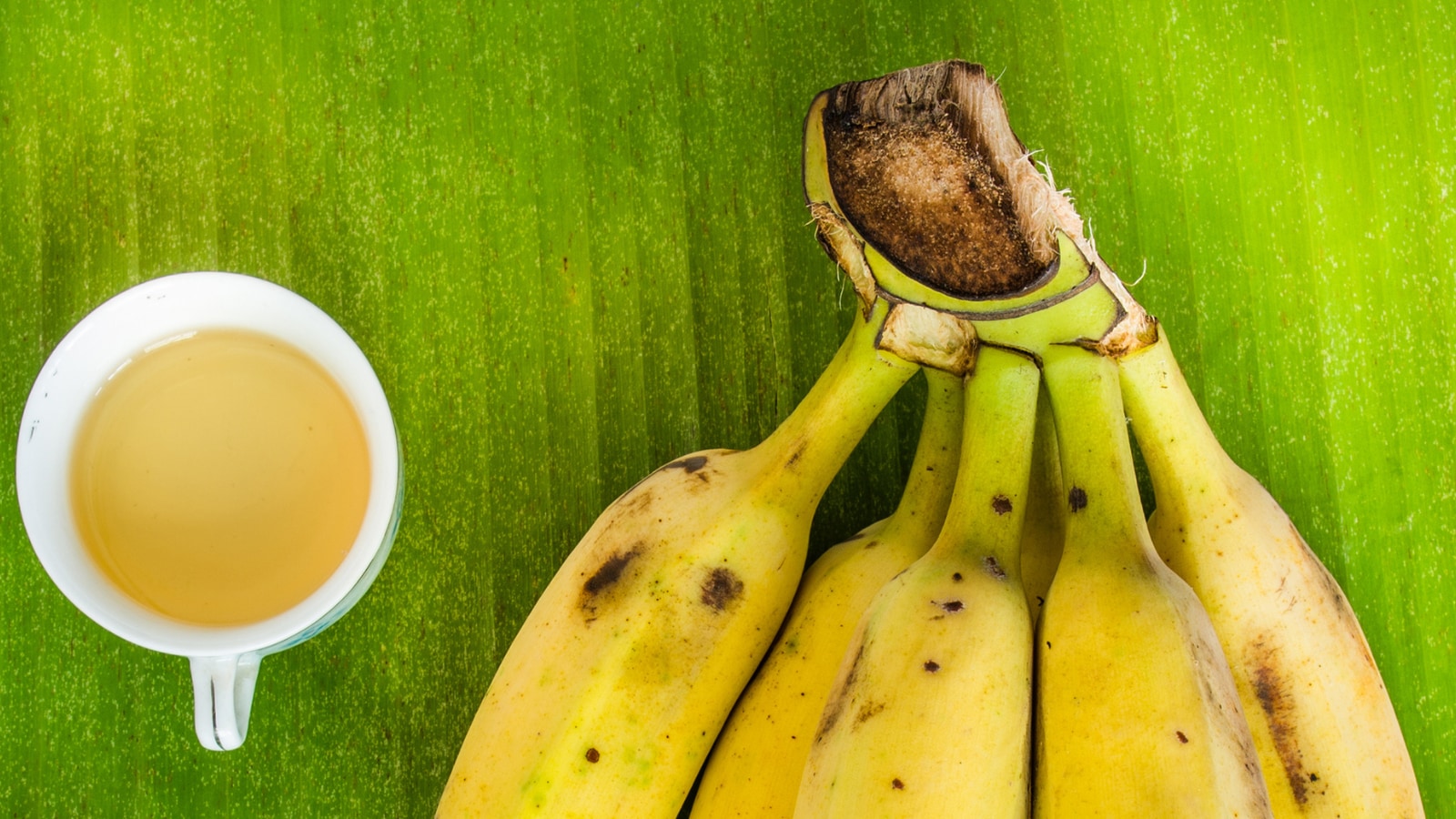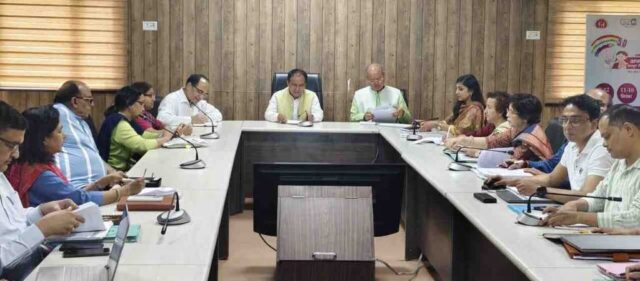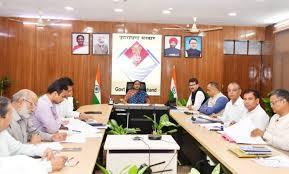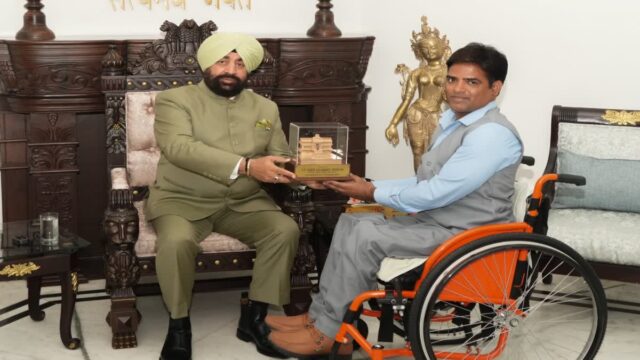Tea and banana waste used to develop non-toxic activated carbon

A team of scientists has used tea and banana waste to create non-toxic activated carbon, which is useful for many purposes such as industrial pollution control, water purification, food and beverage processing, and odor removal. The newly developed process avoids the use of any toxic factor to synthesize activated carbon, thus making the product economical and non-toxic.
The processing of tea usually produces a lot of waste in the form of tea dust. It can be converted into useful items. The composition of tea is beneficial for transformation into high quality activated carbon. However, the transformation of activated carbon involves the use of significant acid and base composition, making the product toxic and therefore unsuitable for most uses. Therefore a non-toxic method of transformation was needed to overcome this challenge.
Former Director of the Institute of Advanced Study in Science and Technology (IASST), Guwahati, an autonomous institute of the Department of Science and Technology, Government of India, Dr. N. C. Talukdar, and Associate ProfessorDr. Debashish Choudhary used extracts of the banana plant as an alternative active agent to prepare activated carbon from tea waste.
The potassium compound combined with the oxygen present in the banana plant extract helps to activate the carbon prepared from the tea waste. Recently an Indian patent has been granted for this.
The banana plant extract used in this process was prepared in the traditional way and is known as khar, which is an alkaline extract obtained from the ashes of burnt dried banana peels. For this the most preferred banana is called Bhim Kol in Assamese language. Bhim Kol is an indigenous variety of banana found only in Assam and parts of Northeast India. To make khar, the banana peel is first dried and then burnt to make its ashes. The ash is then crushed to make a fine powder. After this the water is filtered from the ash powder with a clean cotton cloth and the solution we get in the end is called Khar. The natural salt extracted from banana is called kol kharaya kola khar. This extract was used as an activating agent.
As the IASST team explains, the reason for using tea as a precursor for the synthesis of activated carbon is that in the structure of tea, the carbon particles are conjugates and the polyphenols bond to them. This makes the quality of activated carbon better than other carbon precursors.
The main advantage of this process is that both the starting material, as well as the activating agent, are waste. The developed process avoids the use of any toxic activating agents (eg, toxic acids and bases) to synthesize activated carbon. Thus, this process is the first time plant material has been used as an activating agent for the first time. This new process of synthesis of activated carbon makes the product economical and non-toxic.







